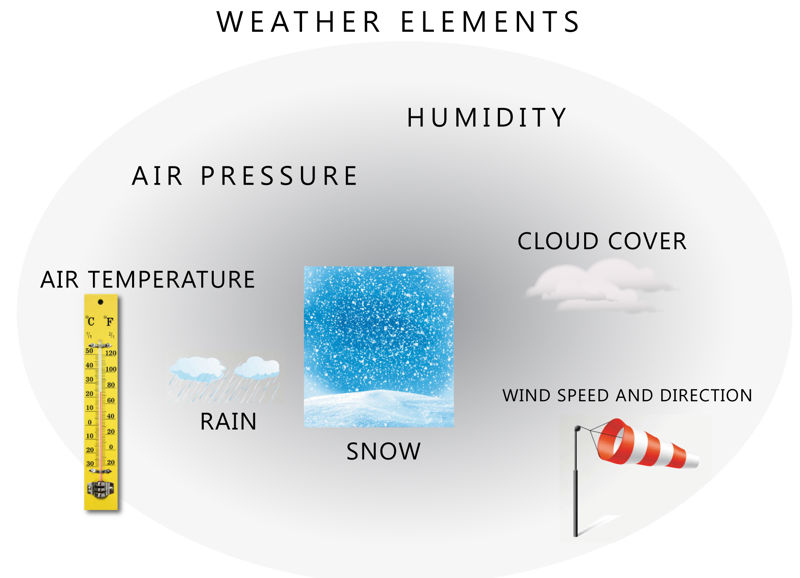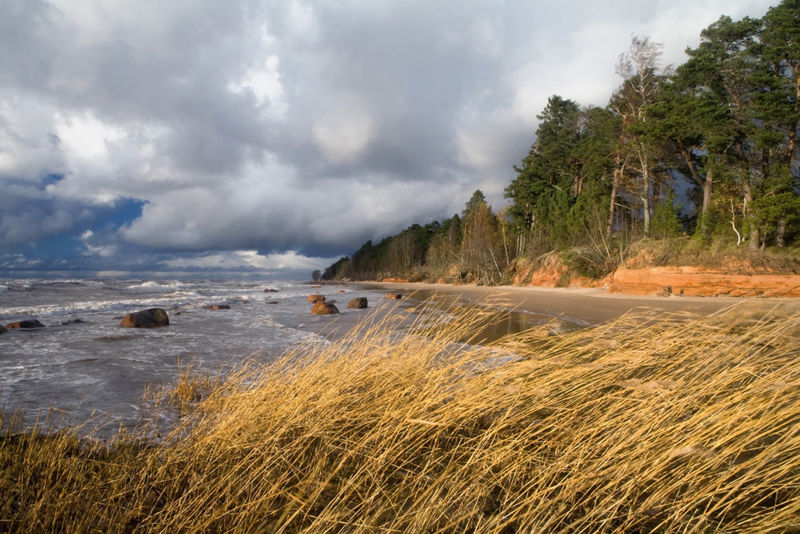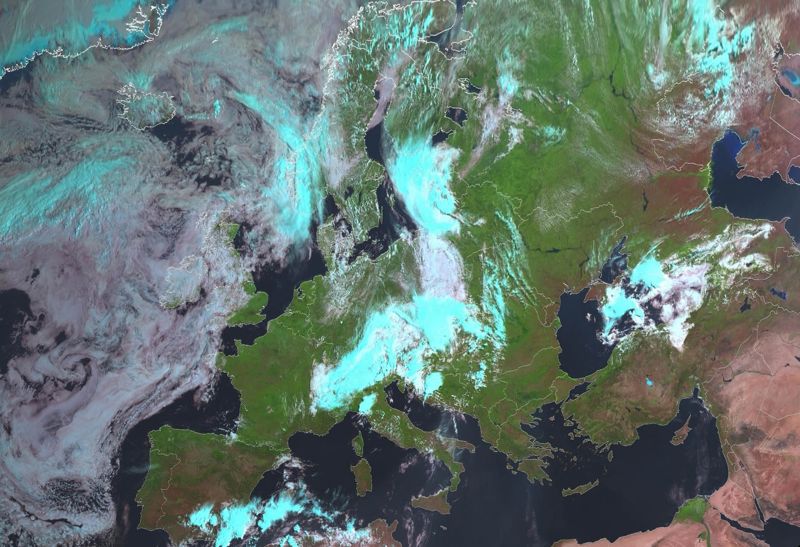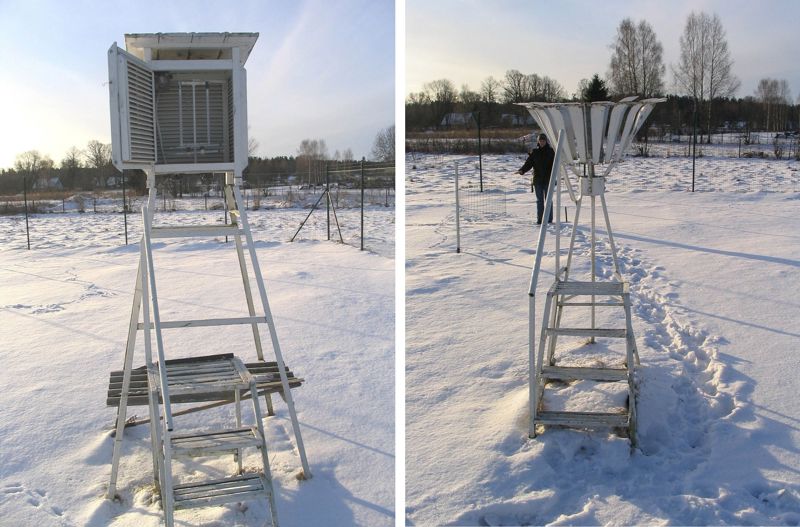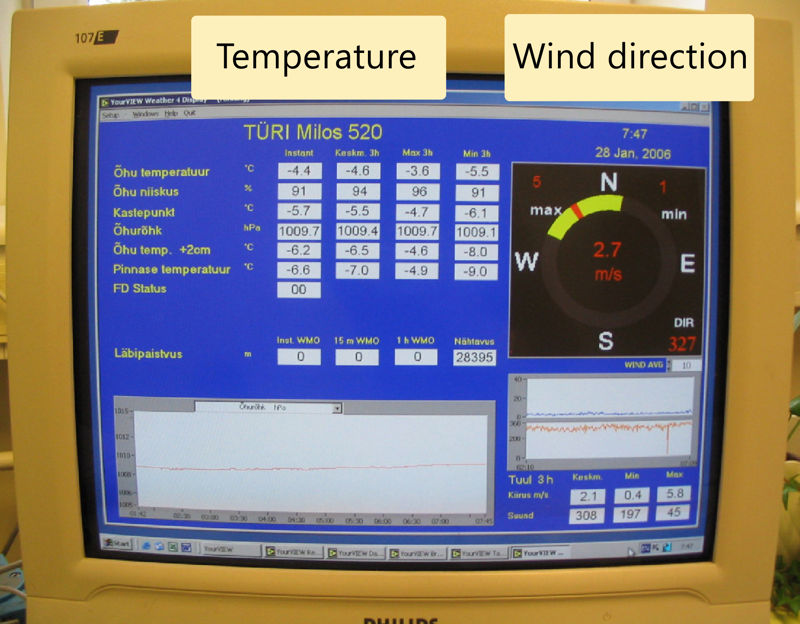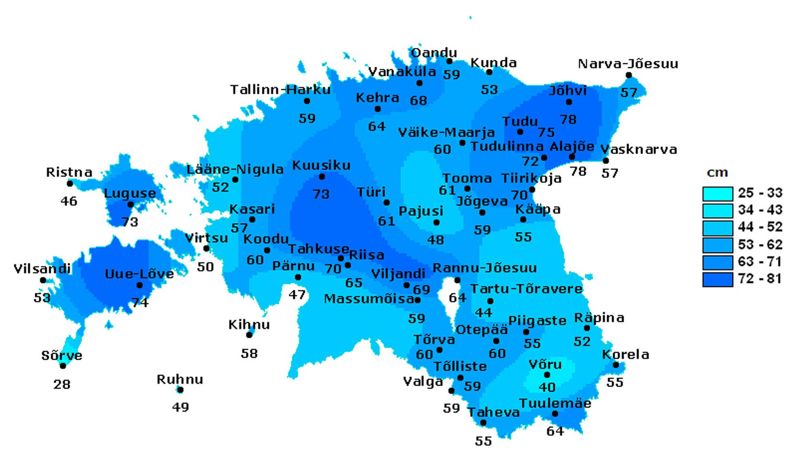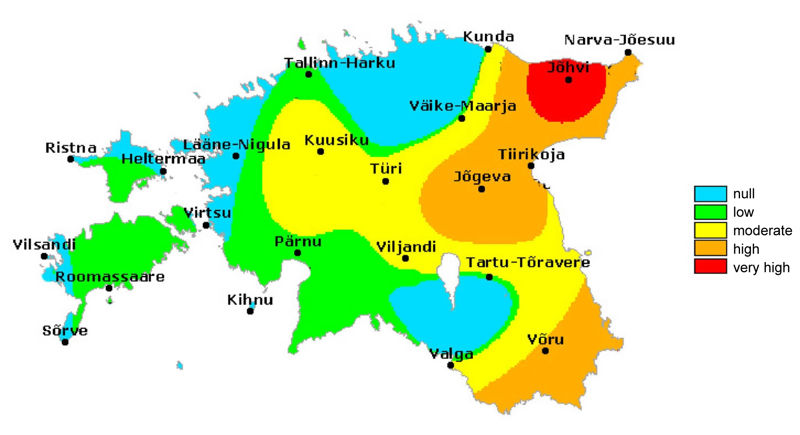What is weather?
In the morning, when you wake up, you look out the window to see what the weather is like outside. Depending on what you see, you'll choose to wear a coat, sandals, or rubber boots. The weather affects you every day. It determines what you do during the day and often even what your mood is.
When you say it's cold outside today, you think about the cold air around you. If you see trees swaying in the wind, you add that it is windy. With these and many other words, you describe the weather. Weather is the state of the atmosphere at a certain location at a certain time. The weather is different in the morning and evening, and tomorrow's weather is likely not the same as today. Weather in different locations is different. The weather elements are: air temperature, cloud cover, wind speed and direction, and precipitation (rain or snowfall). There are other important weather elements, such as air pressure and humidity, although outdoors, you usually don't notice them or think about them.
Think!
- Look outside the window and describe the current weather. Compare today’s weather with yesterday’s.
Air masses change the weather
Sometimes the weather can stay the same for several days, other times it changes in an hour. The change in weather indicates that the air has been replaced by another mass of air of a different temperature and humidity. The properties of the air masses determine the weather.
The air moving north from the southern areas cools down during its long journey. On the other hand, the frosty air masses originating from the polar regions become warmer and wetter during their journey south.
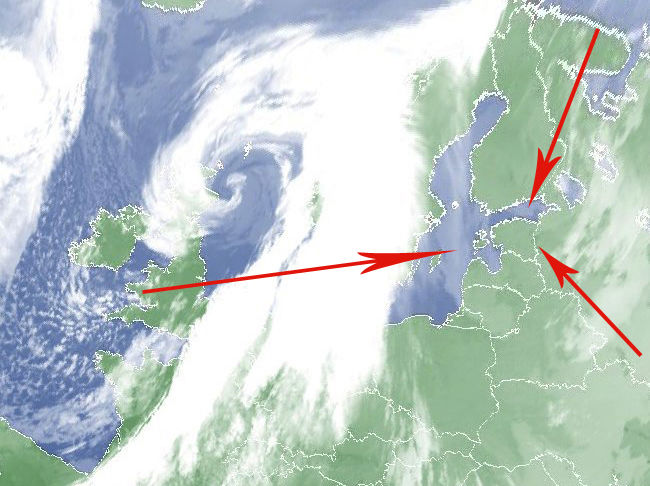
- 1
- 2
- 3
Bonus: Weather is observed in weather stations
To describe the weather with much precision, you need to know the numerical values of weather elements. These values can be measured with weather tools. Meteorologists carry out these measurements with care and precision in weather stations. Based on the gathered data, they compile the weather reports that you can find online or on the news.
Most weather stations follow the same rules and measure at certain times to make sure all values are comparable. Data is shared internationally between the weather stations to make more precise weather forecasts. Meteorologists get a lot of data from satellites, and use complex computer programs to analyse data and make models and forecasts.
Weather Maps
You can read a weather report or a weather forecast from the internet, an app, a local newspaper, or on the radio. Weather forecasts sometimes have a weather map included. Weather maps show the weather in different locations. These maps usually include temperature, wind direction and speed, as well as cloud cover. Sometimes the weather maps also show air pressure, depth of snow, road conditions, and water temperature. This information is important for people to plan their everyday life.
Throughout its long history, humanity has depended on the weather. People have carefully observed the changes in weather and attempted to predict future changes. You may have heard sayings like "If the goose honks high, fair weather. If the goose honks low, foul weather","red sky at night, sailor's delight; red sky in morning, sailor's warning" or "When dew is on the grass, the rain will never come to pass." The nations of the world have many sayings like this about weather forecasting.
If you step outside and look at the sky, or recall some folk sayings about the weather, you are also, to some extent, researching. However, you can learn much more about the weather by researching weather elements in books or on the internet.
Think!
- Why do we need to predict the weather? Which professions depend on it the most?
- How do computers help make the weather forecasts more accurate?
- What folk wisdom or sayings about the weather do you know? Have they ever turned out to be true?
Bonus: How can you investigate the weather?
You can set up your own weather station. There you can measure the air temperature, maybe measure the air pressure, monitor the direction of the wind and the type of precipitation, or observe the cloud cover. Enter the collected data into a table to summarise your weather observations later.
Start by listening to the radio, videos on the internet, or on TV on how weather elements are characterised. See in a newspaper, or on the internet, how they are depicted on a map or on diagrams. One example as a source of information is the BBC Weather website. An important part of the research is making summaries and conclusions. This is a skill that needs a lot of practice.
Bonus: What are the world's cold records?
In the northern hemisphere, it is usually the coldest in January and February, but the temperature depends a lot on the latitude. The closer you are to the equator, the warmer it is. At higher latitudes, for example, in Estonia, Finland, and Norway, the temperatures may sometimes drop below –40 degrees, and in Siberia in Russia, the winter temperatures are often below –50 degrees.
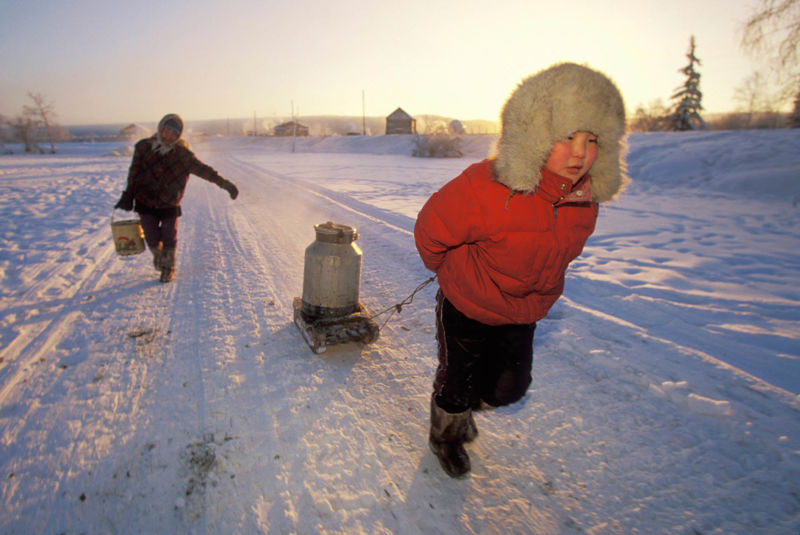
Think!
- Today, people's daily lives depend heavily on electricity. Imagine it's a cold winter and the electricity goes out. What problems arise immediately?
- How can people prepare for such situations?
- What happens if rivers and lakes freeze all the way to the bottom?
Important terms
- weather – the state of the atmosphere in a particular place at a particular time
I now know that…
Weather is a state of the atmosphere that can be characterized by weather elements. The moving air masses shape the weather. Meteorologists observe the weather in weather stations.
